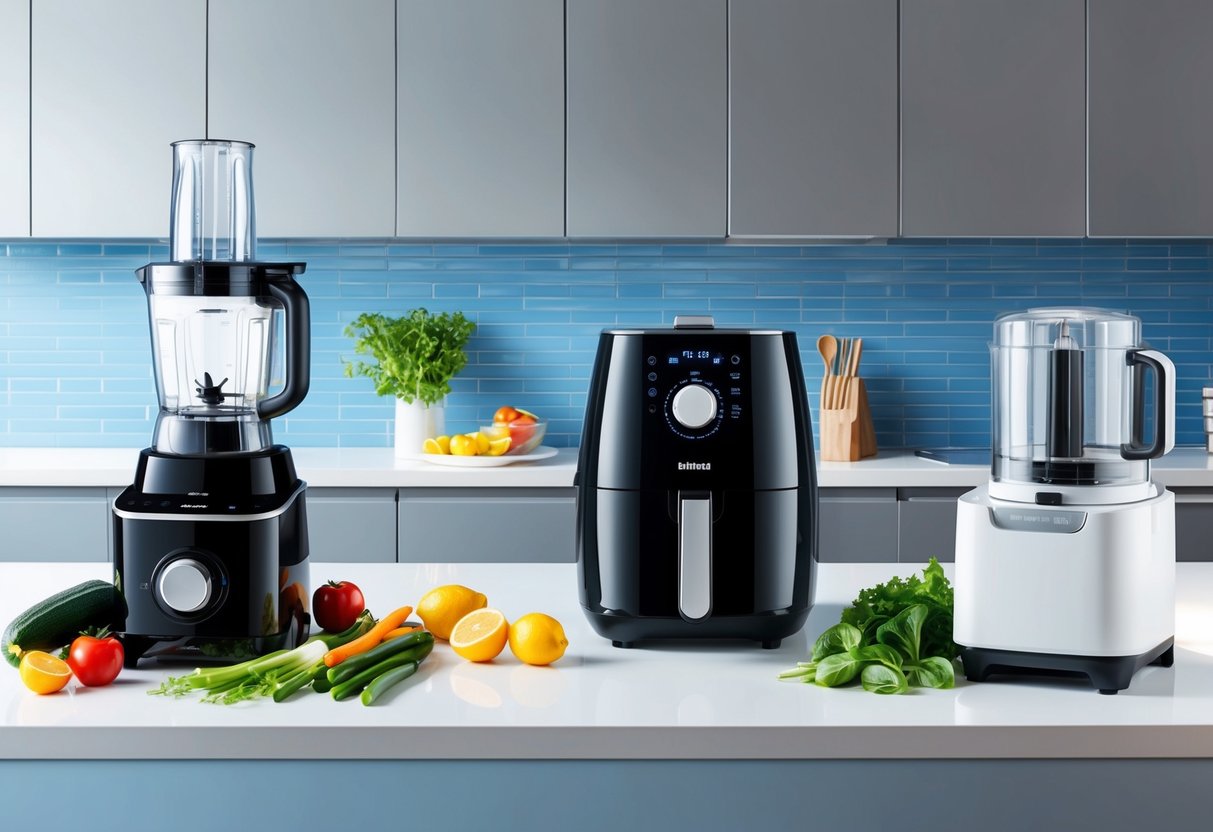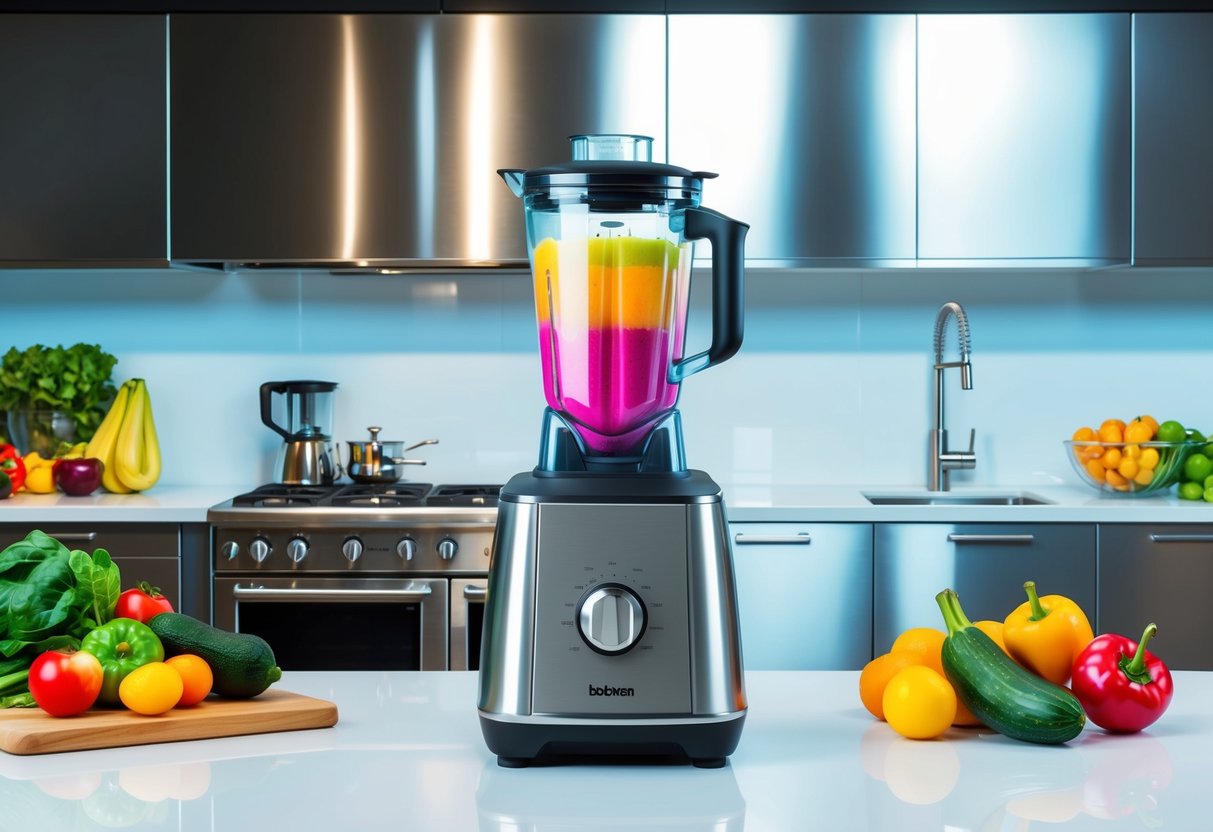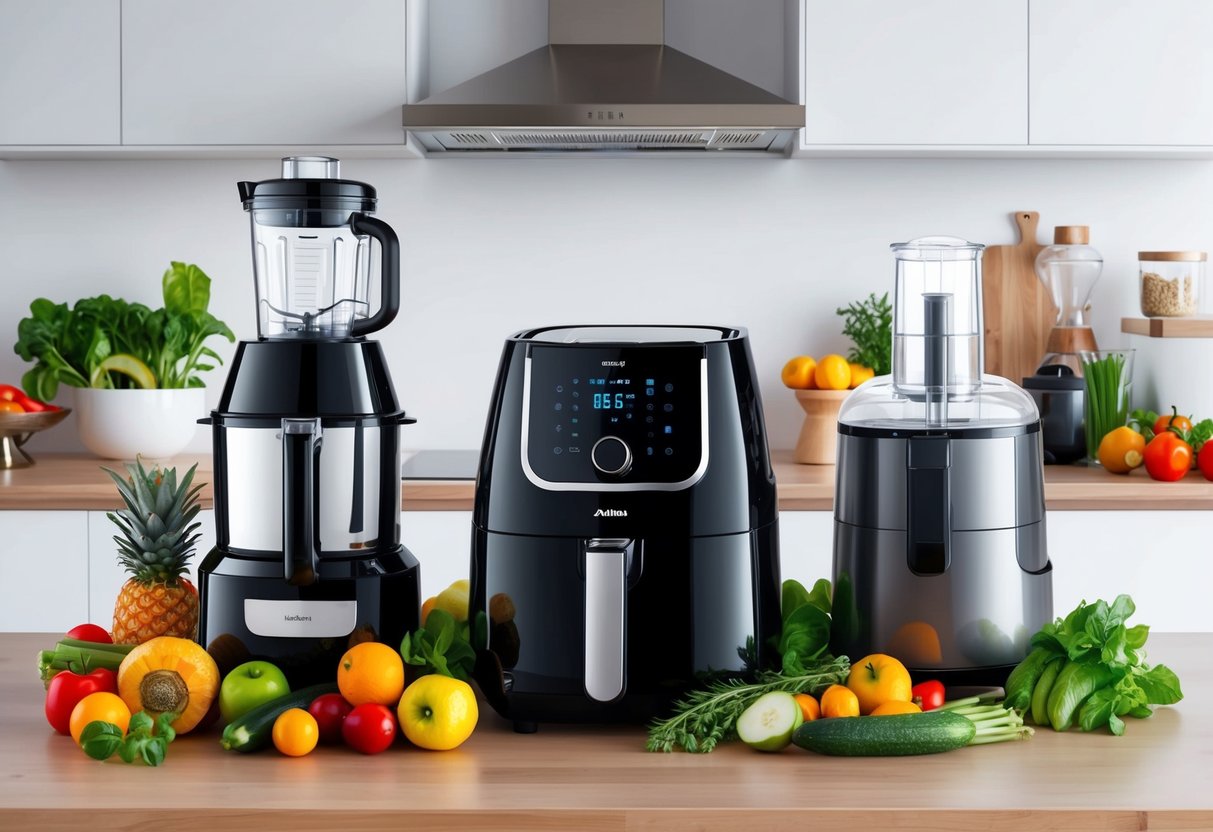
Choosing Appliances for Your Healthy Kitchen

Selecting the right kitchen appliances helps make daily meal preparation faster and supports a healthy lifestyle. Efficient tools and devices not only save time but also enhance food safety, flavor, and nutrition when used correctly.
Key Features for Quick and Healthy Cooking
Look for appliances that offer multiple functions, such as blenders that can puree, chop, and mix, or convection ovens that bake and roast evenly. Appliances with preset programs for steaming, grilling, or pressure cooking simplify meal preparation and help retain nutrients.
For example, air fryers use little oil yet crisp food quickly, supporting healthier cooking. Ease of cleaning plays a major role in a healthy kitchen, as removable and dishwasher-safe parts reduce the risk of bacteria buildup.
Intuitive controls and digital timers ensure precise cooking times and temperatures, making it easier to prepare nutritious meals consistently. Versatility is key—tools like mandoline slicers or food processors handle slicing, shredding, and grating, minimizing prep time and promoting the inclusion of more fruits and vegetables, as suggested by kitchen experts.
Safety features should not be overlooked. Incorporating gadgets such as a food thermometer ensures meats and other ingredients are cooked to the right temperature, which helps prevent foodborne illness and supports a cleaner, safer diet, as noted by nutrition organizations.
Energy Efficiency Considerations
Energy-efficient appliances are essential for a healthy kitchen because they lower utility costs and decrease environmental impact. Look for ENERGY STAR certified products and appliances with low standby power consumption.
Modern induction cooktops, for example, heat food directly and waste less energy compared to standard electric or gas ranges. Appliances like slow cookers and pressure cookers also use less energy for longer cooking processes, making them ideal for healthy, home-cooked meals.
Refrigerator efficiency is vital too, as it reduces food spoilage while minimizing electricity usage, as discussed in guides on energy-saving kitchen equipment. Features such as automatic shut-off and programmable timers help prevent unnecessary energy use.
Choosing the right size appliances for your space and needs also reduces excess power consumption. Small adjustments like these contribute to both a greener kitchen and long-term savings.
Caring for Your Kitchen Appliances

Kitchen appliances last longer and perform better when properly maintained and cleaned. Attention to routine care helps prevent breakdowns, supports food safety, and extends the useful life of essential appliances like blenders, air fryers, and food processors.
Maintenance Tips for Longevity
Regular maintenance is crucial for keeping appliances working efficiently. Check and replace worn-out or damaged parts, like blender gaskets or food processor blades, to ensure optimal performance.
Review appliance manuals for specific maintenance instructions, as each device may have unique requirements. Store small appliances such as hand mixers and food scales in dry areas to avoid electrical or mechanical problems caused by moisture.
Unplug devices when not in use to protect against electrical surges and wear on power cords. For appliances with removable parts, inspect seals, lids, and attachments frequently.
Replace components that show signs of cracking or warping. Lubricate movable parts if recommended by the manufacturer to reduce friction and prolong their life.
Proper Cleaning for Food Safety
Thorough cleaning prevents the buildup of bacteria and food residue. Wash removable parts like blender jars, air fryer baskets, and cutting blades with hot, soapy water after each use.
Non-removable parts should be wiped with a damp cloth and a mild detergent. Sanitize surfaces that come into direct contact with food, such as food processor bowls and blender blades, to minimize cross-contamination risks.
For appliances with tight corners or small crevices, use soft brushes to clean areas that are hard to reach. Be sure to allow all parts to dry completely before reassembling or storing.
Moisture left inside appliances encourages mildew, bacteria, and unpleasant odors. To keep appliances in peak condition, refer to detailed cleaning guides like those provided by Taste of Home on kitchen appliance care.



